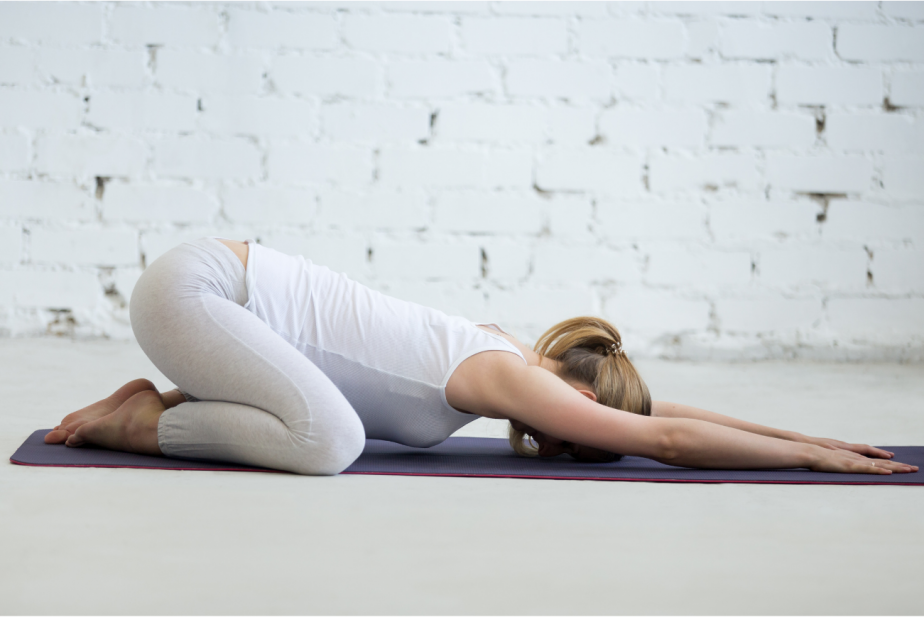High-Intensity Interval Training has been a popular format in all kinds of group exercise classes, including water fitness classes, and for good reason. HIIT has been shown to improve blood pressure, cardiovascular health, insulin sensitivity, cholesterol profiles, and abdominal fat and body weight. The American College of Sports Medicine recommends at least 30 minutes of moderate-intensity exercise five days a week, or 20 minutes of high intensity exercise three days a week. What is not to love about being able to cross exercise off your “to-do” list in less time?
Water fitness professionals now realize that constantly pushing your body across the anaerobic threshold can lead to fatigue, burn out and overuse injuries. It is important to include some time for recovery to allow the body to rest and repair any microtrauma suffered during the previous months or weeks of training and avoid a cumulative injury. This does not mean canceling class, of course. But it does mean planning so that your class includes days of lighter intensity. One technique for achieving optimal fitness, that includes periods of active recovery, is periodization.
Periodization is a training cycle used by athletes to achieve optimal development in all aspects of fitness. Athletes arrange their cycles so that they achieve peak fitness during the season of their sport. Your water fitness class participants may not be elite athletes, but it takes a certain amount of fitness to perform the activities of daily living. Why not train like athletes for the sport of daily life?
The periodization cycle has four stages. The first stage is the Base Phase, or what I like to call the Preseason, in keeping with the athletic theme. The second stage is the Build Phase or Transition Season. The third stage is the Power Phase or the season of Peak Fitness. The final stage is the Active Recovery Season. If you are using periodization as an annual plan, each season will last 2-4 months, but you can also arrange it as a 6-month, 3-month, or one-month cycle. Using periodization requires advance planning on the part of the instructor so that the exercise progression will be effective.
The focus of the Preseason is improving posture, learning to perform the exercises with good form, increasing range of motion, and using the properties of the water to create an overload. Classes can consist of cardiorespiratory training and interval training, using an increased range of motion as your intensity variable. Larger moves require more effort, especially when maintaining the same cadence as the base move. Include strength training without equipment.
The focus of the Transition Season is improving the quality of participants’ exercise by asking them to pay attention to how their arms and legs are moving water. As their awareness grows, they will have more control over their body movements. Being able to manipulate the water intentionally improves stability, helps control travel, and allows participants to speed up their movement to increase intensity. Classes can consist of cardiorespiratory training and interval training, using speed as your intensity variable. Faster moves require more effort when maintaining a full range of motion. Include strength training using equipment.
The focus of the season of Peak Fitness is to increase power and thus push the intensity into the anaerobic zone for short periods. Classes can consist of cardiorespiratory training and interval training, using acceleration as your intensity variable. Acceleration can mean pushing off the floor in a rebounding or plyometric move. But it can also mean pushing hard against the water’s resistance in a power move. Pushing harder can slow the speed of the exercise down while at the same time increasing the effort. Include strength training using equipment, especially buoyant and rubberized equipment. Plunge the buoyant equipment quickly toward the floor or pull the rubberized equipment quickly away from the anchor point in a concentric contraction. Then pause and slow down the return movement to focus on the eccentric muscle action.
Active recovery classes are interspersed throughout the first three seasons giving participants a break from training. But you also need to have an Active Recovery Season at the end of the Peak Fitness season. This allows the body to rest, to repair any microtrauma it may have suffered, and to consolidate fitness gains before beginning the next training cycle. Classes can consist of light cardiorespiratory training, core strength training, and fun activities such as games and relay races.

